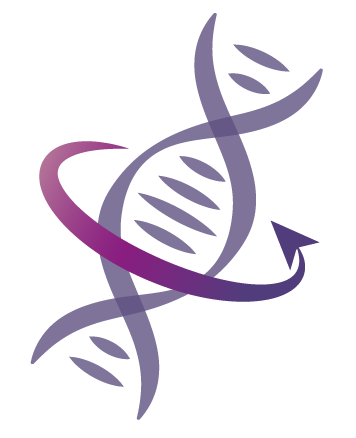Videos use gas sensors to misleadingly claim that wearing a face mask causes oxygen deficiency
Cloth face coverings and face masks are generally safe. Except in the case of unusual environments such as confined or closed spaces, using face coverings or face masks is very unlikely to place someone at risk of oxygen deficiency. The gas sensors used in these videos are not intended for measuring rapid changes in oxygen and carbon dioxide levels that occur with breathing, hence the measurements shown in the videos do not accurately reflect oxygen and carbon dioxide levels of inhaled air. The pores in cloth coverings and face masks are large enough to permit gas molecules like oxygen and carbon dioxide to flow freely.
